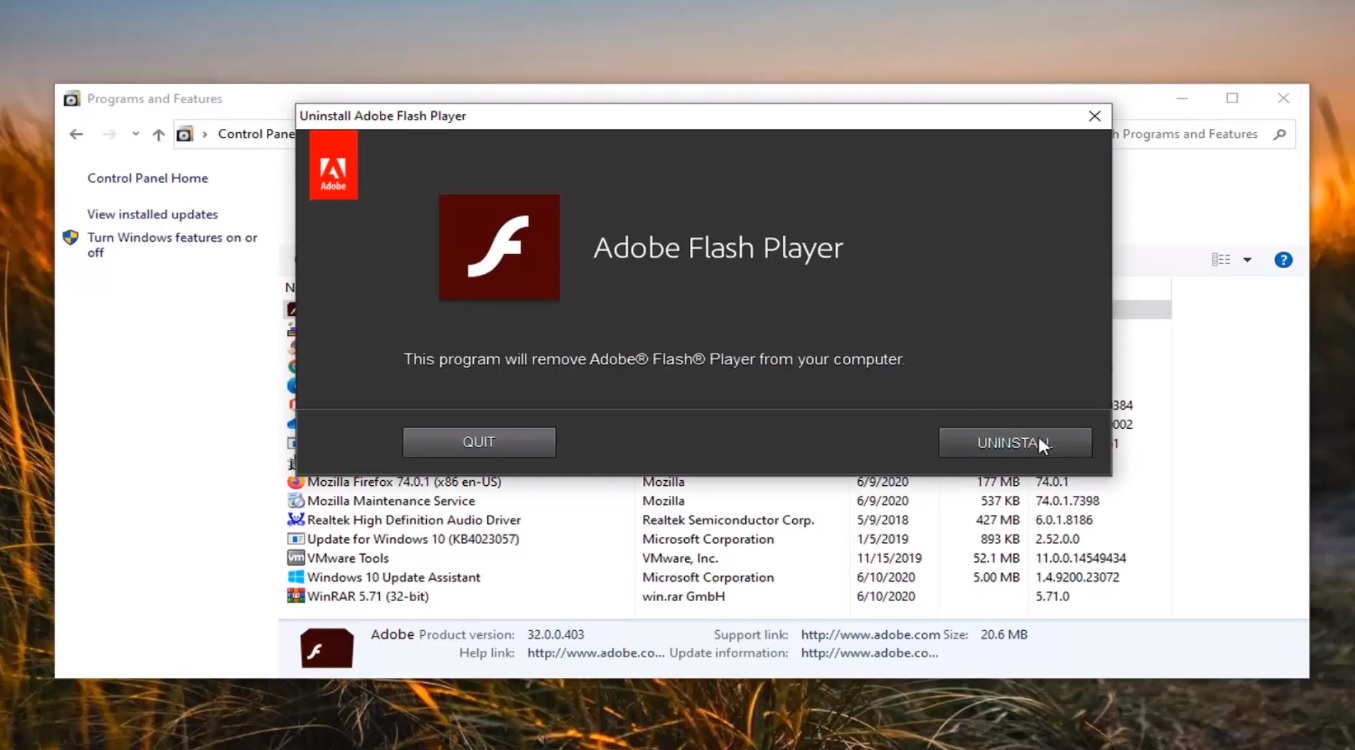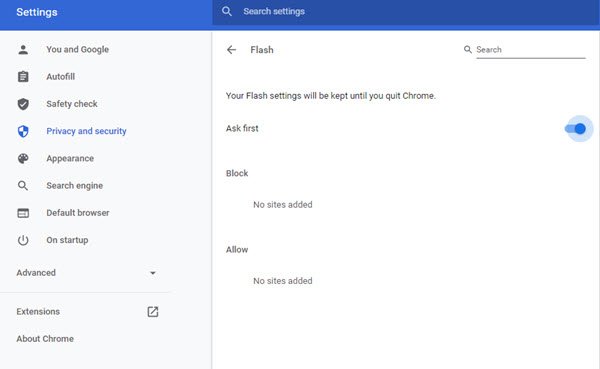

Yes, it can still cause problems from time to time, but it’s not nearly as bad as when Flash is allowed to run rampant on a Mac. I do this in Chrome browser with the Click-To-Play feature as well to further control how and when Flash activates. Personally, I keep Flash Player installed within Chrome only for when it needs to be used, but if you use Safari you can use a Flash blocker so that it will only activate Flash when needed, preventing it from running on it’s own. Users of Chrome can also choose to selectively allow Flash to run only when allowed by using the excellent Click-To-Play feature that is built into modern versions of the Google web browser. The way that Chrome handles Flash through a sandboxed plugin within the app is fairly safe, plus it automatically updates, so it makes it perhaps an ideal way to keep Flash around on a Mac if you do need to occasionally use the plugin or player for various websites. However, this removal process does uninstall Flash from Safari, Firefox, old versions of Chrome, and throughout Mac OS X in general.

Keep in mind that uninstalling the Flash plugin from the Mac does not effect sandboxed Flash Player plugins like what is implemented in the Google Chrome web browser. This insures that you don’t have any residual files laying around.

You may want to go one step further and delete your Flash cookies yourself, since the app doesn’t always grab them on the way out. Now Flash is completely uninstalled from your Mac. These folders are both within the users Home directory ~ and can be access directly or from the Go To Folder command with Command+Shift+G and pasting them directly.Īdobe also recommends rebooting the Mac afterwards to clear caches and complete the removal, though that may not always be necessary depending on the version of Mac OS X. ~/Library/Preferences/Macromedia/Flash\ Player Once out of the Flash Uninstaller app, Adobe recommends taking one further step and manually clearing out the following directories as well: Let the application run to completion, and when finished click on “Done” or just quit the app.Click on the “UNINSTALL” button at the splash screen.Once the Uninstall Flash dmg file has downloaded, mount the disk image, and then launch the “Adobe Flash Player Uninstaller”.Download the Adobe Flash Player Uninstaller application from Adobe directly by clicking here (find other Flash uninstaller downloads here if need be).When you’re ready to remove Flash from the Mac, proceed: You can always choose to remove the associated files on your own, but it’s significantly easier to just use the official uninstaller application from Adobe, thus we’re going to focus on that for the purpose of this walkthrough. There are a few ways to accomplish this, but we’ll cover the simplest approach that uses the Adobe Flash Player uninstaller application to remove the plugin from the Mac, this is preferred because it’s a fairly automated process.


 0 kommentar(er)
0 kommentar(er)
